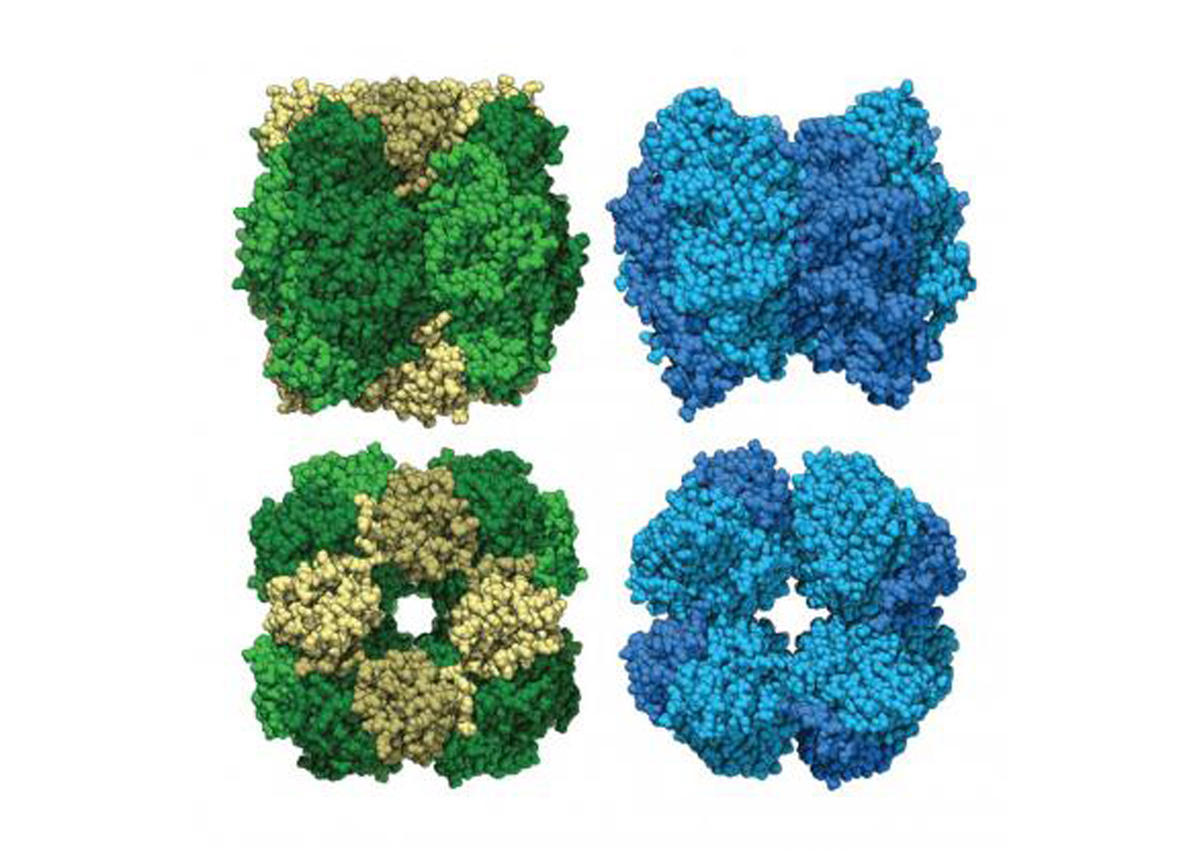
UC Davis-Led Study Finds Missing Link in Evolutionary History of Rubisco
September 2, 2020| |
Researchers from the University of California, Davis (UC Davis) have discovered a missing link in the evolution of photosynthesis and carbon fixation. A newly discovered form of the plant enzyme rubisco dating back more than 2.4 billion years could give new insight into plant evolution and breeding.
Rubisco is the most abundant enzyme on the planet, present in plants, cyanobacteria (also known as blue-green algae), and other photosynthetic organisms. Rubisco is central to the process of carbon fixation and is one of the planet's oldest carbon-fixing enzymes. Form I rubisco evolved over 2.4 billion years ago before the Great Oxygenation Event, when cyanobacteria transformed the Earth's atmosphere by producing oxygen through photosynthesis. Form I rubisco is responsible for the vast majority of carbon fixation on Earth.
In a study published in Nature Plants on August 31, Doug Banda, a postdoctoral scholar in the UC Davis College of Biological Sciences and researchers from UC Davis, UC Berkeley, and the Lawrence Berkeley National Laboratory report the discovery of a previously unknown relative of form I rubisco, one that they suspect diverged from form I rubisco prior to the evolution of cyanobacteria. The new version, called form I-prime rubisco, was found through genome sequencing of environmental samples and synthesized in the lab. This new version of rubisco gives researchers new insights into the structural evolution of form I rubisco, potentially providing clues as to how this enzyme changed the planet.
For more details, read the news article in UC Davis News.
| |
You might also like:
- Adapting Photosynthesis to Fleeting Shadows Boosts Soybean Yields
- Scientists Find Missing Link in Algal Photosynthesis
- Scientists Engineer Shortcut for Photosynthetic Glitch, Boosting Crop Growth by 40%
Biotech Updates is a weekly newsletter of ISAAA, a not-for-profit organization. It is distributed for free to over 22,000 subscribers worldwide to inform them about the key developments in biosciences, especially in biotechnology. Your support will help us in our mission to feed the world with knowledge. You can help by donating as little as $10.
-
See more articles:
-
News from Around the World
- Genomes of Three Most Troublesome Agricultural Weeds Published
- Scientists Discover First Known Gene to Impart Resistance to Speck Disease of Tomatoes
- UC Davis-Led Study Finds Missing Link in Evolutionary History of Rubisco
- Asia-Pacific Sets Responses and Recovery Plans on COVID-19 and Hunger
-
Research Highlights
- Plant Enzymes Found to Have a Vital Role in Flood-Resistance Adaptability
- Experts Review Potential of Plant-Based Edible Vaccines
-
Plant
- South Korea Promotes the First Genome-edited Food Crop
- South Korea's First Genome Edited Petunia Approved in the U.S.
- Animal Biotech Offers Potential in Addressing Food Insecurity
-
Health
- Map Catalogs Effects of Coronavirus Mutations
- Pregnant Women Face More Risks from COVID-19
- Washington University Saliva Test for COVID-19 Faster and Easier
-
Read the latest: - Biotech Updates (December 17, 2025)
- Gene Editing Supplement (December 17, 2025)
- Gene Drive Supplement (February 22, 2023)
-
Subscribe to BU: - Share
- Tweet

